Echeveria care, the queen of succulents
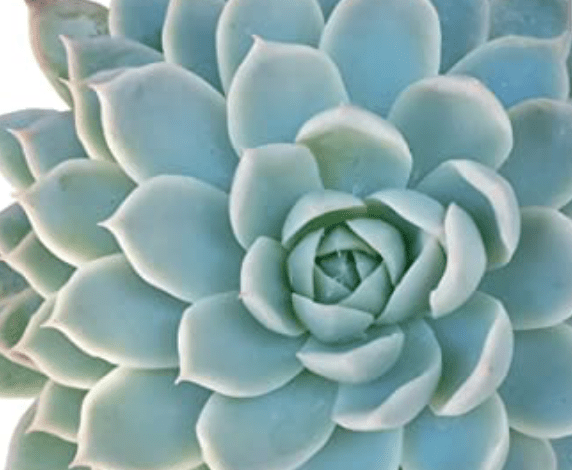
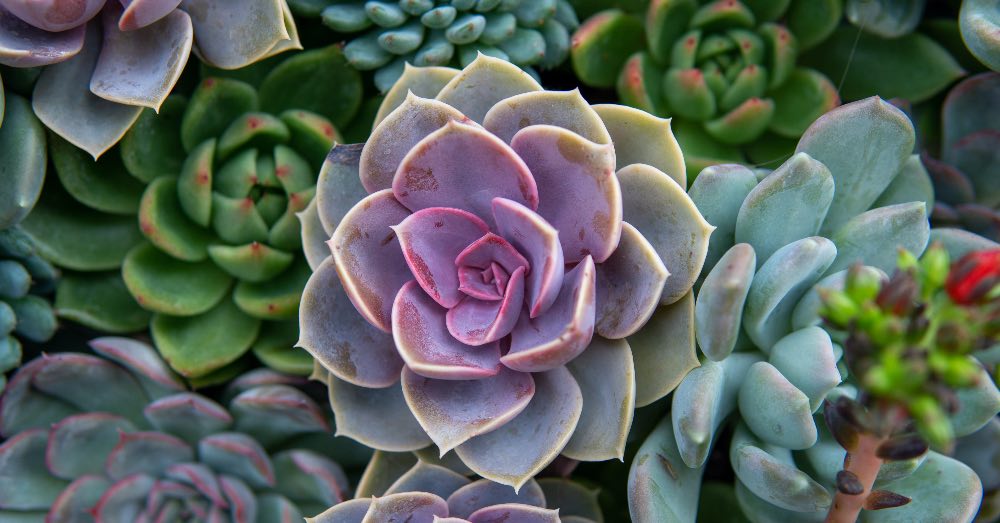
It is, without a doubt, one of the most popular succulent plants. And is not for less. In addition to being extremely beautiful and presenting a good number of varieties, the care of the Echeveria makes it an ideal plant to start in the cultivation of these plants. Apart from the ease of its cultivation, let’s not fool ourselves: due to its shape, the Echeveria is the perfect candidate to add a natural touch to any decoration but also to give a different air to any garden. It has everything, it is obvious.
Belonging to the Crassilaceae family, the Echeveria is native to Mexico. An area where it regularly grows in the wild and reaches absolutely spectacular dimensions. Apart from the different types of Echeveria that exist, which are not few; These succulent, succulent plants have some defining characteristics: fleshy, flattened leaves arranged in a rosette shape. An extremely unique shape that makes it popularly called alabaster rose even though it is a term that is applied, fundamentally, to Echeveria Elegans.
But what makes it so irresistible? The question is simple to answer. In addition to its incredible beauty in a huge range of shades, Echeveria care is so simple that it is impossible not to want to include it among our plants.
7 FUNDAMENTAL CARE FOR ECHEVERIA IN ITS CULTIVATION
Let’s start knowing that, due to its origins and characteristics, the Echeveria is a rustic plant. A term that, in itself, gives us a reliable clue about your needs. Their versatility is such that, although they are perfect plants for outdoors where winter is not very harsh, they can also be grown as part of our indoor plants. A detail that gives us an idea of the extent to which a plant is capable of adapting to almost any cultivation scenario.
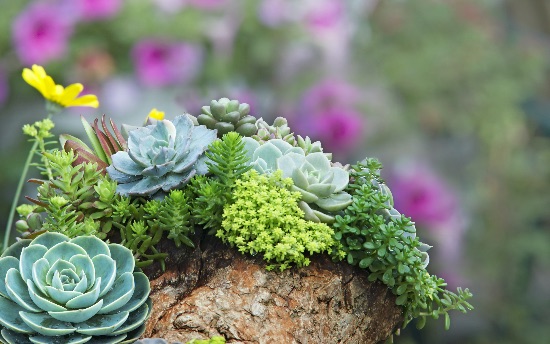
Although its growth is slow, if we choose to include it among our garden plants we will not regret it. The Echeveria is an ideal candidate whether we are considering how to make a rockery for the garden or if we have in mind how to make a Mediterranean garden. In both cases, it will unfold its color and texture slowly but surely until creating an extremely beautiful natural mantle. And yes: although it is capable of growing on rock, it also perfectly supports pot cultivation.
Have you already fallen in love? Well, let’s see the care of the Echeveria to choose, yes or yes, to enjoy it near it.
1. A lot of light, key in the care of the Echeveria
Remember that it comes from where it comes from. Something that already gives us a good idea of its light needs. However, be careful: the Echeveria needs a lot of light and appreciates some direct sun, but with reservations. If we live in a hot climate or if there is a summer marked by high temperatures, we will have to try to keep it safe from direct sunlight. Not only could it burn its leaves, but there is even the possibility that they become deformed.
If we have it in a pot inside the house, we will have to find a space for it with a good dose of daily light.
2. Loose and airy soil, essential
Agreed: Echeveria is even able to grow with practically no substrate. But let’s not fool ourselves: if we grow it in a pot or in a pot, it is a detail that we will have to pamper a lot. Much of the success of its cultivation will depend precisely on this soil helping to drain and keep the roots of our plant fresh.
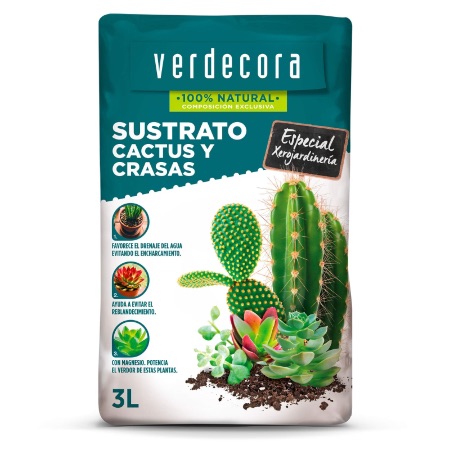
Closely linked to the type of substrate, another consideration must be taken into account. Since the Echeveria, like the other succulents, does not tolerate excess humidity or water in storage, we have to add to the soil knowing which are the best pots for succulents. Only the sum of both aspects will ensure the proper evacuation of water.
3. Warm temperatures and resistance to cold, something surprising
Due to its origin, the Echeveria is a plant that loves warm temperatures and, in addition, it supports excess heat without too many problems. However, we must not lose sight of the fact that from 35 degrees it suffers, so if it is planted in direct sun, it is advisable to keep it under control.
When it comes to cold, it tolerates it but let’s see this in detail. From four degrees, it completely stops its growth. If it is exposed to occasional and light frosts, it does not have to suffer. However, if we live in a climate with cold winters or suffer from persistent frost, it is more than advisable to put it out of harm’s way.
4. Light irrigation and only when the substrate is dry, vital in the care of the Echeveria
We will not get tired of saying it: knowing how to water succulents correctly is essential for their well-being. We are talking about plants that, due to their evolution over the centuries, are prepared to live in drought situations by storing water in their leaves. Therefore, an excess of water or humidity can be detrimental to its development.
To avoid unpleasantness, it is preferable that our plant passes a little thirst. The best indicator to know when it is time to water is checking that the substrate is completely dry. As a guide, the watering pattern will vary greatly depending on the time of year. While in spring a weekly watering is enough, in summer it is likely that we will have to increase it to two. With the arrival of autumn, we will decrease the irrigation guideline again until it is one watering every three weeks in winter.
5. Subscriber in months of growth, a help for our plant to grow
The spring and summer months are those of maximum development of the Echeveria. A period in which, in addition to waking up from winter lethargy, our plant will resume its growth but also its flowering. It is not its main attraction but it is a source of natural wear.
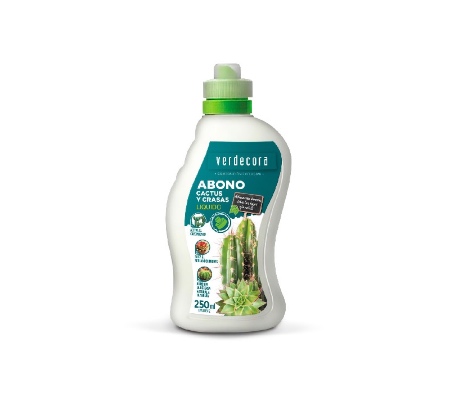
To help it both grow and be strong, it is advisable to apply a specific fertilizer pattern for cacti and succulents between 20 days and a month during the spring and summer months.
6. Multiplication and transplant, two cares of the Echeveria to know
Grouping these two Echeveria cares into one is no coincidence. And it is that, on many occasions, we have to perform both tasks at the same time.
The moment of transplanting the Echeveria is in the spring months, and whenever we observe that the pot it is in has become too small. Something that, on many occasions, happens due to the proliferation of suckers: small plants, replicas of their mother, that grow around their base.
In this scenario, we have two options. On the one hand and knowing how to propagate succulents, we can separate the new plants from the mother to have other specimens. The second alternative is simply to transplant the mother and suckers into a larger pot.
7. Pests, enemies to keep at bay
While it is not an attractive plant to many insects, it can be subject to invasions by the cottony mealybug. An insect that looks very favorably on the fleshy leaves of the Echeveria and that we must treat as soon as we detect it for the good of our plant. Beyond looking in detail at the underside of its leaves, there is an infallible trick to detect them: if we see molasses and ants around, it will be a symptom that we have unwanted visitors in our plant. The solution: stop their presence as soon as possible with a specific insecticide for them.
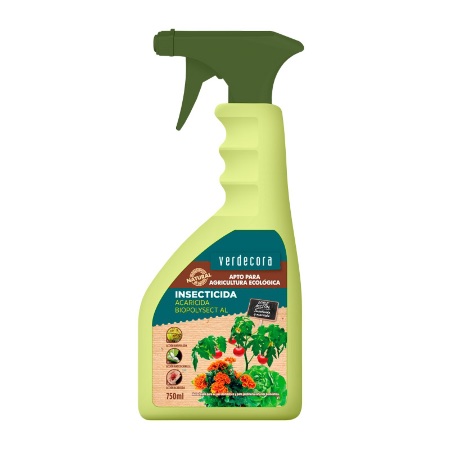
Another annoying visitor that appears from the hand of the bloom is the aphid. For this quintessential garden pest, the Echeveria flower is a real delicacy and, again, a good way to detect it is if there are ants present.
In addition, it is important to remove damaged leaves to prevent some of the diseases of succulents from appearing.
Simple care and extraordinary beauty: how can you resist this wonderful plant? Impossible!

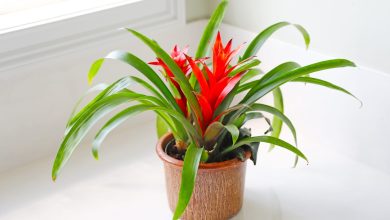
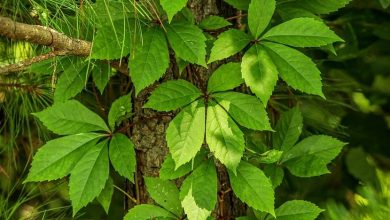
![Photo of Copper in Plants: [Use, Shortcomings, Advantages and Disadvantages]](https://www.complete-gardening.com/wp-content/uploads/2022/08/copper-in-plants-use-shortcomings-advantages-and-disadvantages-390x220.jpg)
